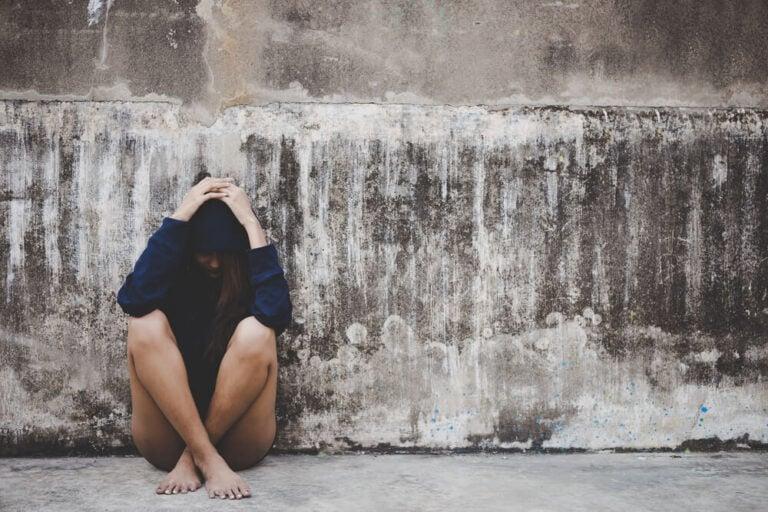
Heroin Addiction and Abuse
What is Heroin?
Heroin is an opioid drug that is classified as a Schedule I substance, which means it carries a high risk for abuse or addiction and has no medical use.2 It is commonly obtained as either a sticky black substance (black tar heroin) or a white, tan, or brownish power.2,3
There has been an increase in heroin use and addiction in the United States, which may be due in part to the prescription opioid crisis. This is because there is a risk that people who are abusing prescription opioids may eventually move on to heroin, either due to difficulty in obtaining a prescription or drug affordability.


Signs of Heroin Addiction
Although heroin use is rare in the population of people who misuse prescription opioids, some individuals turn to heroin after becoming dependent on prescription opioids.1 It’s estimated that around 80% of heroin users started with opioid prescription drug misuse.1
Heroin Side Effects
There are various short- and long-term heroin side effects that can result from using heroin. Heroin impacts opioid receptors that are involved in feelings of pain and pleasure as well as controlling breathing, sleeping, and heart rate.1


What to Do When Your Loved One Uses Heroin
One of the most difficult aspects of heroin addiction is talking to the person who’s suffering. Those who struggle with addiction often have several responses to having their habits exposed or questioned, including:
- Anger at being accused of taking drugs.
- Denial that there is a problem at all.
- Nonchalant acceptance that they are indeed using heroin.
The last reaction is possibly the most difficult to work with – because for many, it can signify a refusal to change.
Heroin Addiction Treatment
Effective treatment and support exist for heroin addiction and opioid use disorder (OUD). Treatment may be delivered by private rehab, via state or local treatment programs in either an inpatient or outpatient setting, through support groups, or in various other ways.

The Time to Seek Help is Now
Heroin’s addictive powers can indeed be strong. Even a single use of heroin places some individuals at risk of developing an addiction to the drug. If you or your loved one may be using heroin, don’t risk delaying your search for help. There are numerous treatment programs and strategies available for heroin addiction, so don’t give up if the first program you check out doesn’t meet your individual needs.